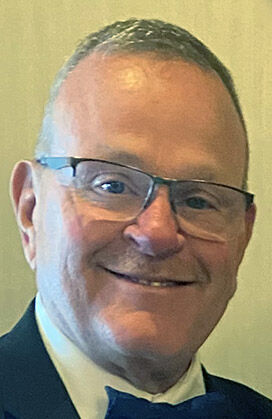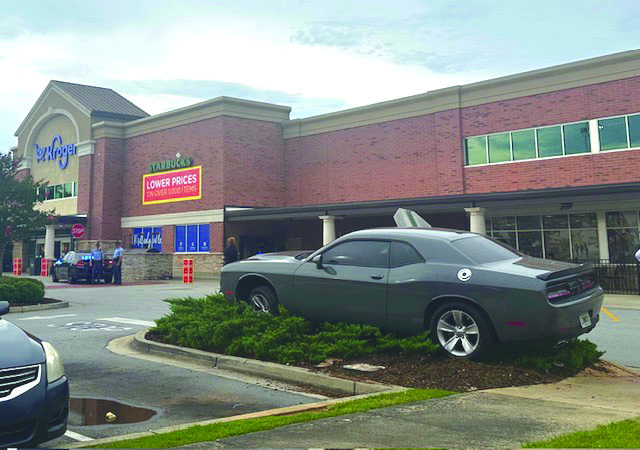SEAGRAVES: War from a different perspective
Published 8:35 am Wednesday, December 11, 2024

- Scott Seagraves
Like most Americans, I have only looked at war from that distinct perspective that we have. I have discovered that our perspective on war is not unique.
Where war is memorialized or the story of war or a certain battle is told, it is presented from an ethnocentric perspective. I have studied the American Revolution from an American perspective. I have studied the Civil War at first from a Southern perspective and eventually from the American’s. I have studied the World Wars, from an American perspective. I have studied Korea and Vietnam, from an American perspective. This is normal. I suppose that each person who has taken an interest in the history of the world’s wars has looked with a lens colored by their own sense of nationalism and preconceived notions.
I confess that my view was certainly clouded by that lens, and then Karen and I visited Okinawa. We flew halfway around the world to visit our son, Zach, his wife Laura and our grandchildren, Nason and Arleigh. Zach is a SEABEE, a Lieutenant Commander stationed at Kadena Air Force Base. The first thing I observed during our visit were the bunkers on Kadena that once hid Japanese Zeros. I had read about the Battle of Okinawa and the terrible cost to the United States military associated with it. Some 49,000 casualties including 12,550 dead and missing, nearly 5,000 US Navy personnel dead and almost that same number wounded. I read of the seemingly endless Kamikaze attacks and of the bloody fighting U.S. soldiers and Marines endured. I visited Hacksaw Ridge of Desmond Doss fame and was struck at how small it seemed compared to what I saw in the Hollywood film. Still, I viewed it through my same old colored lenses, amazed at the determination of the Americans.
Trending
We took a day and visited Okinawa Peace Memorial Park and even if just for a moment the lens cleared and I saw through the experience of others! I learned that day that 150,000 Okinawans died during the three months the battle took place. That was nearly one-fourth of Okinawa’s civilian population! Even today Okinawans do not consider themselves to be Japanese … they are Okinawans and were invaded and occupied by the Japanese. They died in every way imaginable … as collateral deaths, suicide because they believed the Japanese lie that the Marines would kill them and eat their babies, and from being murdered by the Japanese. What struck me most on our visit to the Peace Memorial Park was the Cornerstone of Peace … a monument constructed of black marble with the names of the 250,000 citizens and combatants who perished during the battle (in contrast the Vietnam Veteran’s Memorial lists a little over 58,000 names). Every nation that participated or was impacted by the most horrific battle of the Pacific Theatre has their dead recorded for all to see … and be read … and be remembered. Okinawans, Americans, Chinese, Taiwanese, and even Japanese names have been collected and recorded, not as a political statement or to single out one particular nation, but as a reminder of the cost of war and the value of peace.
Located on Mabuni Hill, the site where the Battle of Okinawa came to its conclusion, the Cornerstone of Peace is an attempt to provide people with a location where all involved in the battle are remembered equally.
Next week Karen and I will visit Pearl Harbor on our way back to Okinawa, and I know I will view that sacred place through my American lens. I will think of the over 400,000 Americans who died as a result of what started in that place and I’m sure I will weep. While in Okinawa I will have the opportunity to think of all who died as a result of what started at Pearl Harbor and I’m sure I will weep again. Viewing World War II through a different lens has not changed my viewpoint, there were clearly both evil and good combatants. What it has done is make me more aware of those caught in the middle, who died simply because their home became a battlefield. If you have read this through, take a moment to remember and say a prayer for those that this day find themselves stuck in the middle.
—Scott Seagraves is a retired GMC Prep educator. His column appears occasionally in The Union-Recorder.





